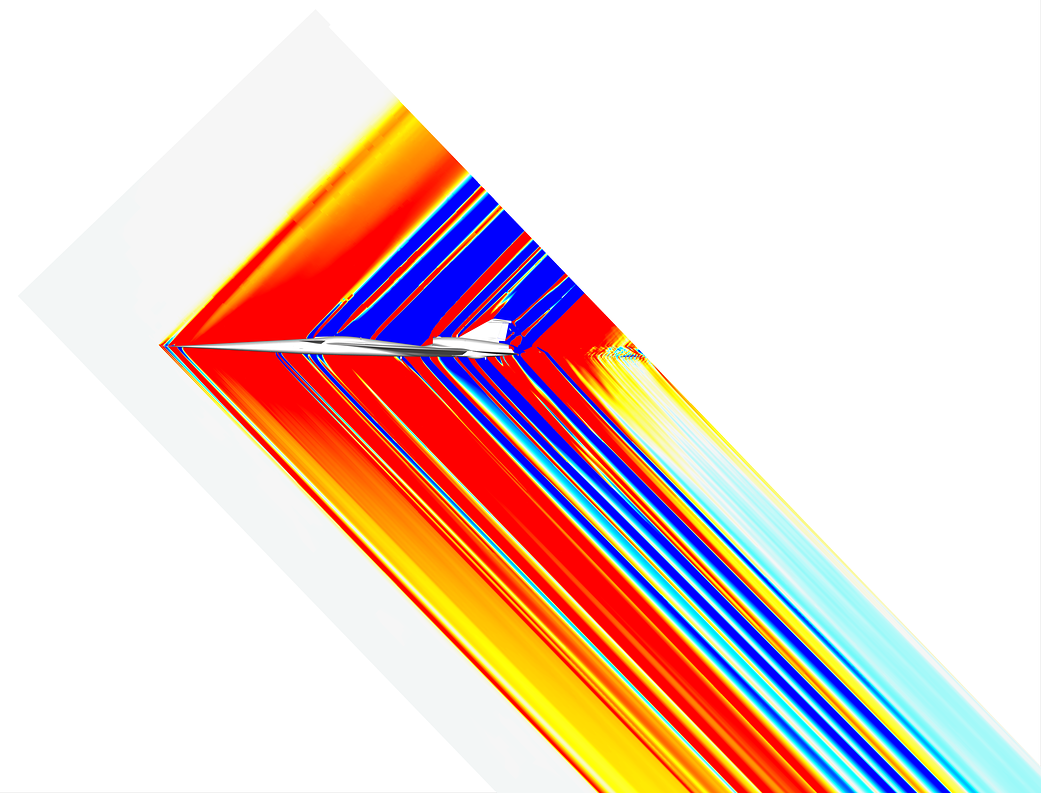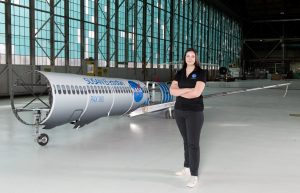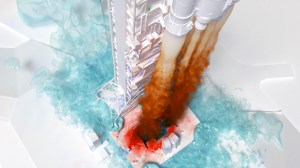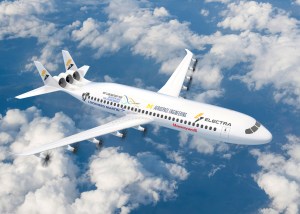When our X-59 aircraft takes off on its Quesst to turn loud sonic booms into quieter sonic “thumps,” flying through a rainbow would lead to some fantastic photos. Until then, we have this dreamlike illustration created by NASA’s advanced supercomputers.
Before the X-59 flies, NASA researchers are getting ahead of the curve by using computational fluid dynamics to create what is, essentially, a virtual wind tunnel showing incredible aerodynamic detail.
In this image, the parallel lines extending outward from the aircraft depict acoustic shockwaves the X-59 is predicted to create during supersonic flight that will result in a quieter sonic “thump”. Note how the aircraft’s long, thin aerodynamic nose pierces through the air – a key design for quieting the boom.
This data, which researchers will use to create flight planning tools and software for the Quesst mission, was created at the NASA Advanced Supercomputing Facility at its Ames Research Center in California using a sophisticated tool called Cart3D – a NASA-developed program that can process enormous amounts of data autonomously.


































